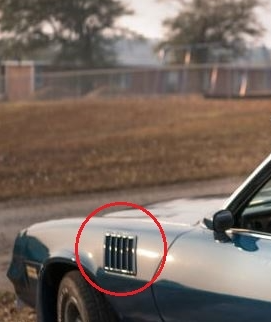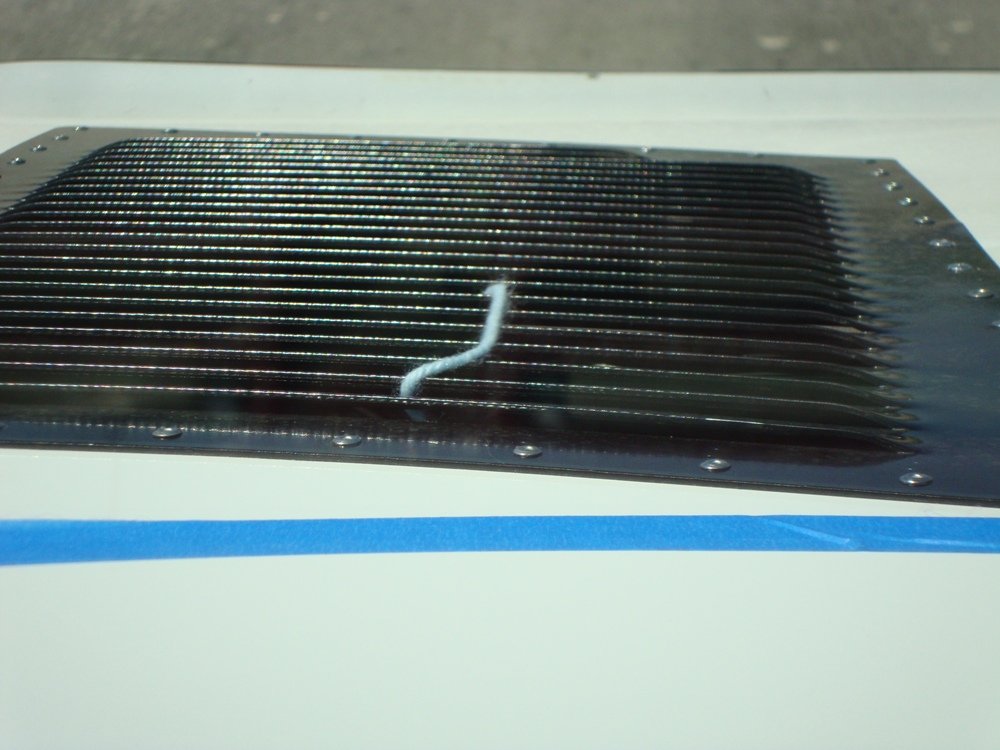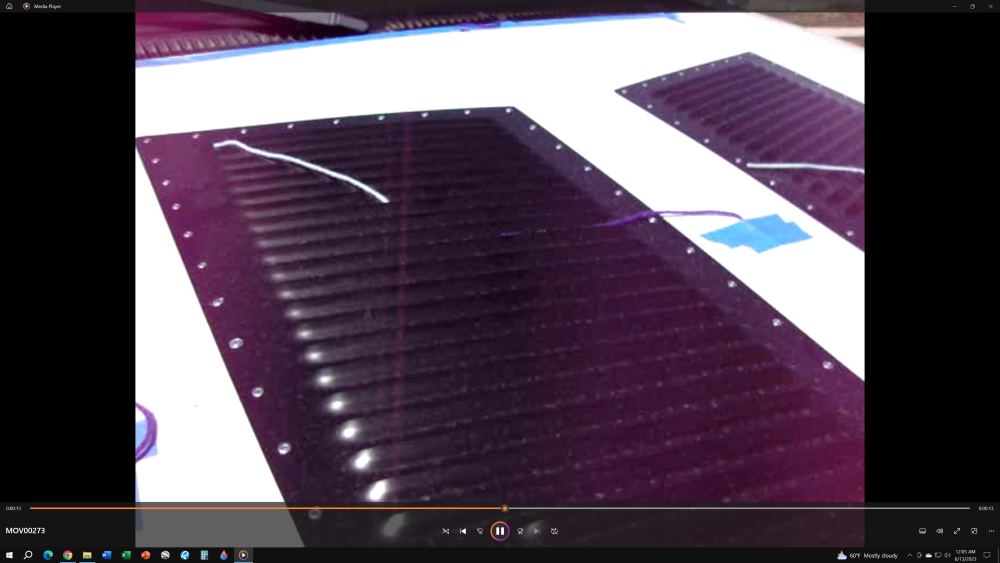Twisted Steel Performance
Anything worth doing is worth overdoing.
Hypothetically, a person doesn't want to chop up a radiator support or add more to the cooling stack to install a A/A charge cooler, about the only place is the skid plate area...
SO.....
The cooler will sit above the crossover and be about a 40* angle, not the best for air flow but would work to a degree.
Their are ways to funnel more air to the cooler, let's here some ideas... I'll start....
Mount a air deflector to the front of the cooler that would redirect air into the cooler fins... This prototype is aluminum and would bolt to bosses welded to the flats of the cooler. The working model would be 11ga steel for strength if a cridder crosses the path...
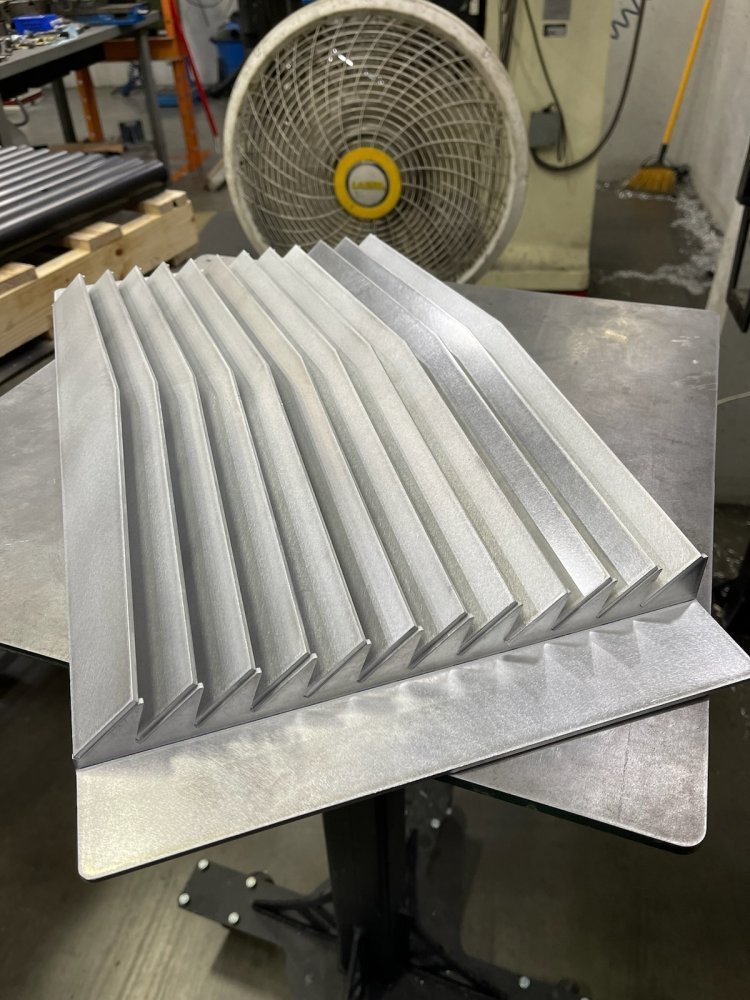
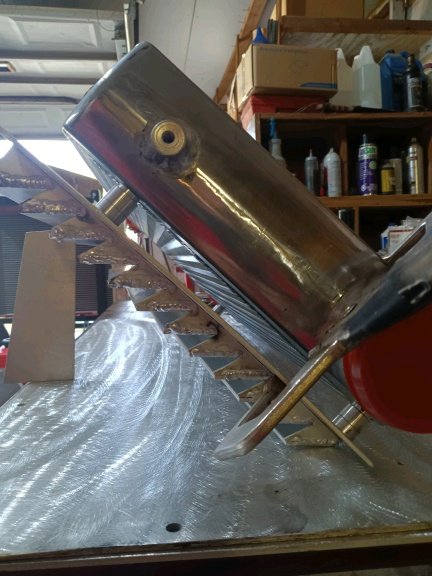
SO.....
The cooler will sit above the crossover and be about a 40* angle, not the best for air flow but would work to a degree.
Their are ways to funnel more air to the cooler, let's here some ideas... I'll start....
Mount a air deflector to the front of the cooler that would redirect air into the cooler fins... This prototype is aluminum and would bolt to bosses welded to the flats of the cooler. The working model would be 11ga steel for strength if a cridder crosses the path...



